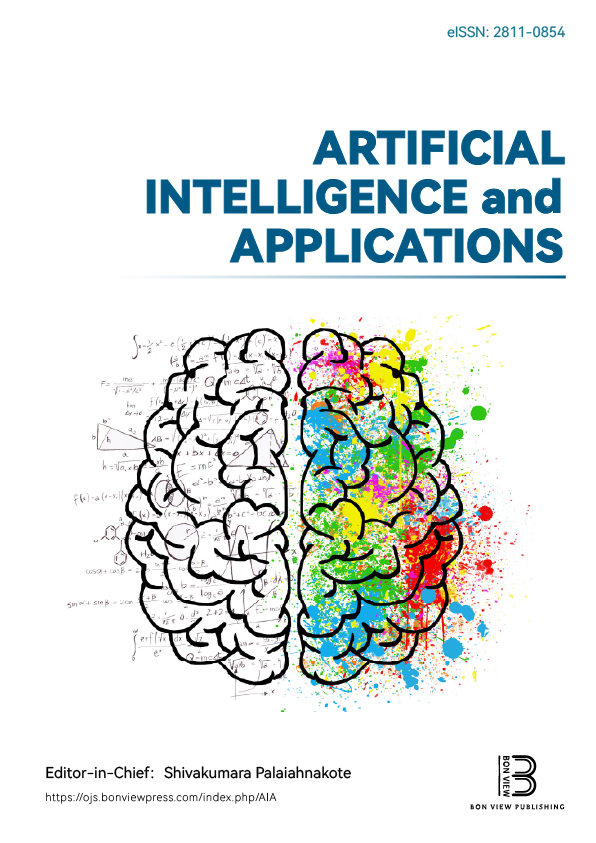An Effective ResNet Model for Respiratory Disease Detection: A Case Study on COVID-19 Chest X-ray Images
DOI:
https://doi.org/10.47852/bonviewAIA52024885Keywords:
AlexNet, VGG, ResNet, transfer learning, convolutional neural network, computer vision, computer-aided diagnosis, respiratory disease detectionAbstract
The COVID-19 pandemic has placed an extraordinary burden on healthcare systems worldwide and underscored the urgent need for faster, more reliable diagnostic methods for respiratory diseases. In this study, we explored how artificial intelligence, particularly deep convolutional neural networks (CNNs), can assist in diagnosing COVID-19 using chest X-ray images. Although new CNN architectures continue to emerge, residual neural network (ResNet) models (ResNet50, ResNet101, and ResNet152) remain popular because of their balance of accuracy and robustness. We compared their performance with other established models such as VGG (VGG11 and VGG16) and AlexNet to examine the trade-offs between architectural complexity and practical effectiveness. Among these, ResNet101 achieved the best results, with an accuracy of 93%, a precision of 91.27%, and an AUC–ROC of 97.41%, making it the leading model in our study. Despite promising outcomes, we also highlighted current limitations in deep learning for medical imaging, such as small sample sizes and limited clinical validation. Our findings aim to support the future development of reliable AI-assisted tools in medical diagnostics and highlight the need for more comprehensive validation and ethical considerations.
Received: 22 November 2024 | Revised: 11 April 2025 | Accepted: 5 June 2025
Conflicts of Interest
The authors declare that they have no conflicts of interest to this work.
Data Availability Statement
The data that support the findings of this study are openly available in Kaggle at https://www.kaggle.com/datasets/donjon00/covid19-detection?select=Data.
Author Contribution Statement
Bushra Hassan: Conceptualization, Methodology, Software, Validation, Formal analysis, Investigation, Data curation, Writing – original draft, Visualization. Kaveh Kiani: Conceptualization, Methodology, Investigation, Resources, Writing – review & editing, Visualization, Supervision, Project administration. Taha Mansouri: Conceptualization, Methodology, Investigation, Resources, Supervision.
Metrics
Downloads
Published
Issue
Section
License
Copyright (c) 2025 Authors

This work is licensed under a Creative Commons Attribution 4.0 International License.






